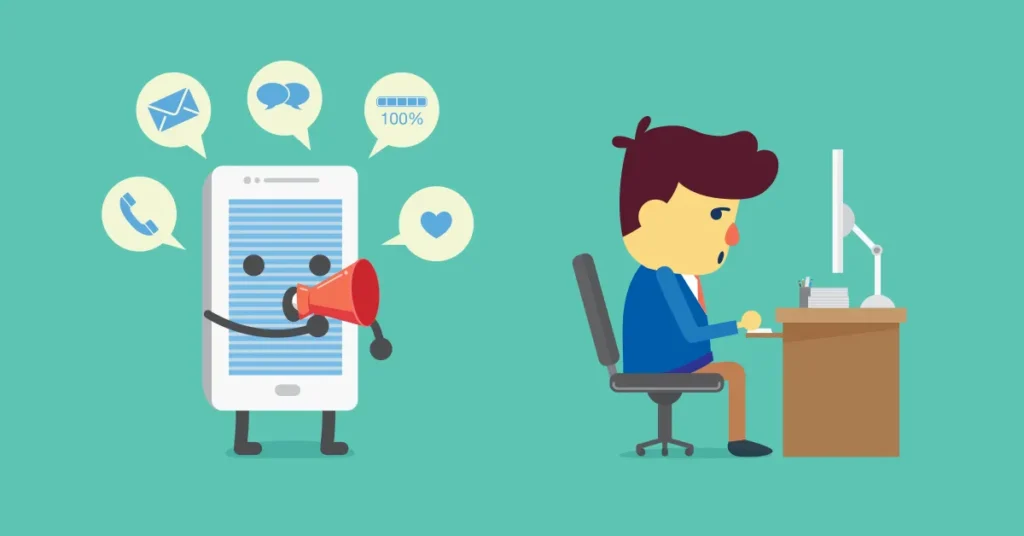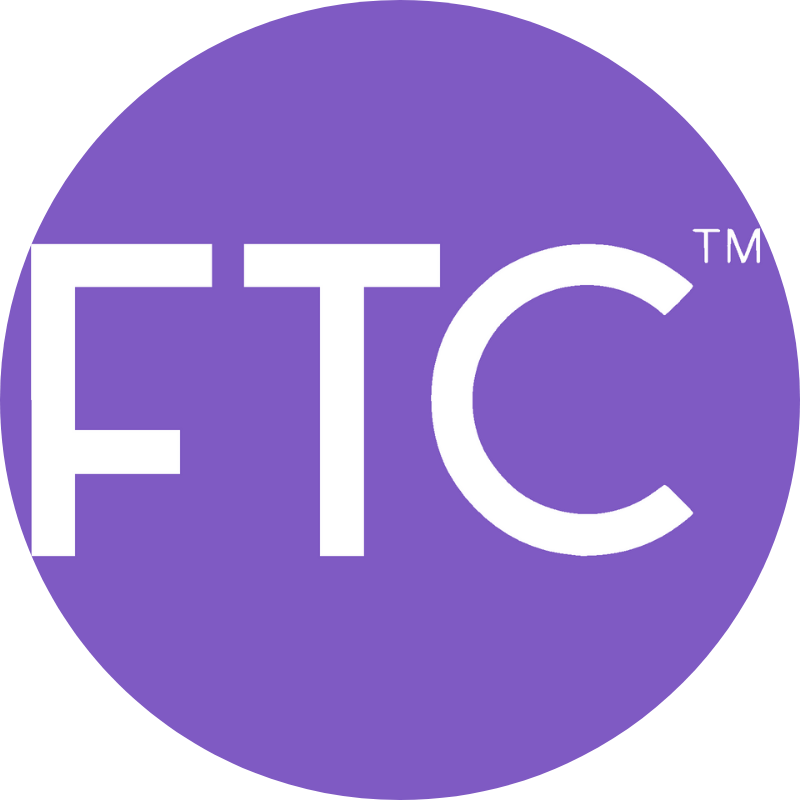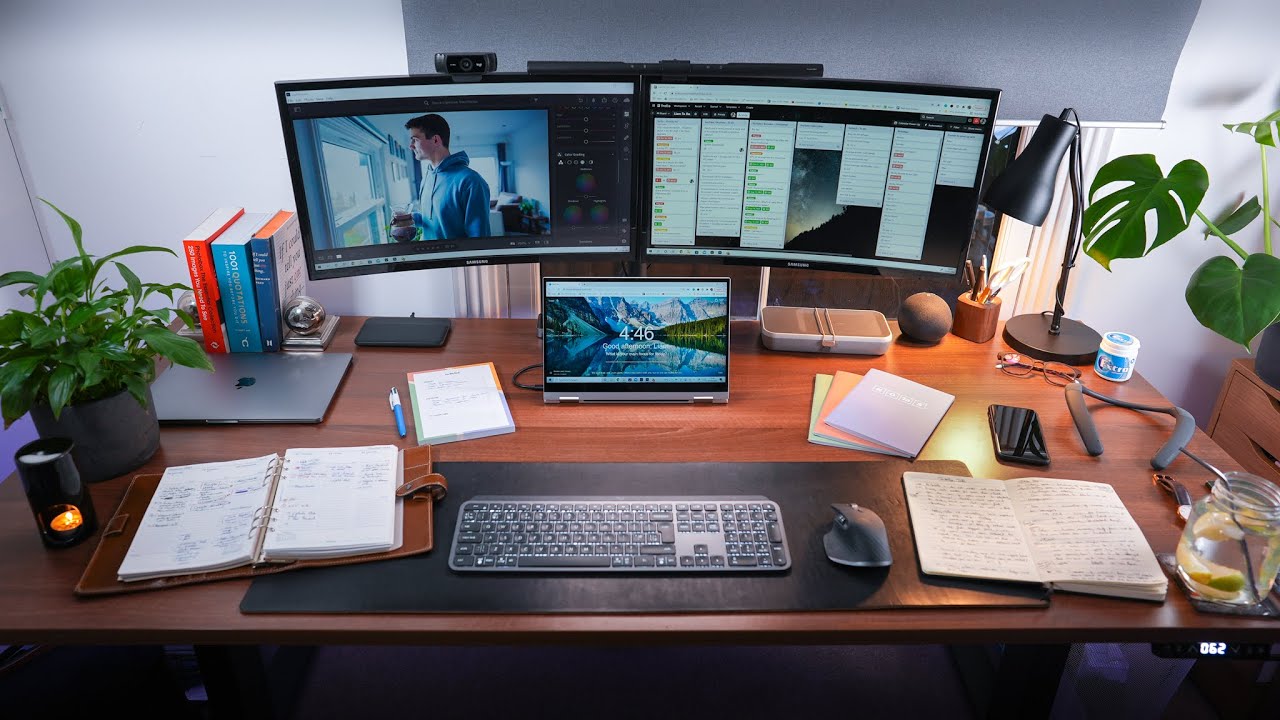Which Productivity Tools Actually Boost Efficiency?
Productivity tools foster a systematic approach to collaboration and communication, encouraging teams to internalize best practices. They help teams develop and stick to a routine, even as projects and team members change.
With productivity tools, information can be centralized on a common platform for easy monitoring and supervision. They also offer advanced features like AI-powered insights and voice-enabled task management.
1. Email and Web Management
In an era where working remotely is the norm, productivity tools have become essential. These software applications and apps enable employees to stay connected, communicate effectively and manage projects regardless of location.
They facilitate seamless collaboration and workflow automation, helping teams accomplish more in less time. They are also designed to keep employees focused by minimizing distractions and promoting work-life balance.
While many productivity tools are based on technology, they can be effective even when used manually. For example, a freelance designer adopted a tool for tracking billable hours and saved 10 hours a week. The additional free time enabled them to grow their business and deliver better results to clients, leading to greater customer satisfaction.
These tools are available in various forms, including software suites like Google Drive and Apache OpenOffice, and individual programs that are used for specific tasks. The best ones are easy to use, allow customization and can integrate with existing workflows for maximum efficiency. They are also free or offer a low price tag to make them affordable for businesses and individuals.
2. Time Tracking

Whether working as part of a team or on your own, time tracking helps you to stay on track with work. It’s essential for achieving a harmonious work-life balance and enhancing productivity.
Time tracking involves capturing the start and end of a task along with any breaks taken. This is often done manually through a physical document such as a timesheet or automatically via an automated software solution that’s integrated with your existing project management system. Traditionally, employees submit their timesheets to HR or through an online portal at the end of every pay period for approval.
Involving the whole team in time tracking is key to getting people on board. They’ll feel like they’re accountable for the results and will genuinely want to keep their focus on tasks that deliver value, not unproductive activities such as answering emails or attending unnecessary meetings.
3. Communication
Communication is a process of conveying information, messages or ideas. It includes verbal and written communication as well as nonverbal communications such as gestures and body language. In the context of work, communication is used to inform, instruct, persuade, and inspire individuals and teams.
There are many productivity tools available that support the process of managing tasks and workflows. They can include project management software, time tracking applications or collaboration platforms. These tools help boost efficiency, improve accountability and ensure that deadlines are met.
Some productivity tools are designed to eliminate distractions. They can also allow you to set clear boundaries between your professional and personal life, reducing the risk of burnout. One example of this type of tool is nTask, which helps keep teams focused by providing a visually appealing Gantt chart timeline.
Another useful productivity tool is Notion, which provides a structured writing environment that facilitates thinking and planning. It helps team members collaborate and offers a customizable interface. Moreover, this software has features like task-based views and agile boards. It allows users to share notes and comments on tasks and creates a clear overview of all progress and milestones.
4. Distraction Management

While it’s impossible to eliminate all distractions, you can control some of the most common ones. Minimizing external distractions by limiting device notifications and creating a quiet, dedicated work environment is one way to improve focus and productivity. Similarly, setting aside a block of time to complete an assignment without interruption can also help you stay on task. In addition, using a productivity tool that blocks distracting websites and apps during certain work periods is an easy way for employees to stay focused on their tasks.
Distracting thoughts can be challenging to deal with when you’re working, especially if they come from social media, email, or other work-related applications. For this reason, some people like to use “brain dump” apps or even a physical notebook to jot down any ideas that aren’t relevant to the current task at hand. They can then sort through them later to refocus their attention when they’re ready.
Productivity tools like desk pad are powerful, but they must be integrated strategically. Resistance to change is a common challenge, but with careful planning and training, you can successfully implement these tools for greater productivity.
5. Analytics
Productivity tools are software or applications that help individuals and teams complete tasks in a more efficient manner. These include project management apps, time-tracking solutions, and collaboration platforms.
They also support remote work and empower teams to achieve more with less effort. They streamline workflows and enhance productivity by facilitating seamless communication, project tracking, and automation.
These tools provide real-time project visibility to track progress, identify bottlenecks, and set milestones. They also facilitate team accountability by identifying top performers and determining shortcomings. Moreover, they enable teams to respond to customer inquiries promptly by providing features like shared inboxes and tagging.
As a result, they ensure that no question or concern goes unanswered or overlooked. Furthermore, they keep all the information related to a project centralized on a single platform for ease of access by people seated in different locations. In addition, these tools offer advanced features like AI-powered insights and voice-enabled task management. Personalization is expected to become a core aspect in the future, shaping tools that adapt to individual workflows and preferences. This makes them safer and more user-friendly.


